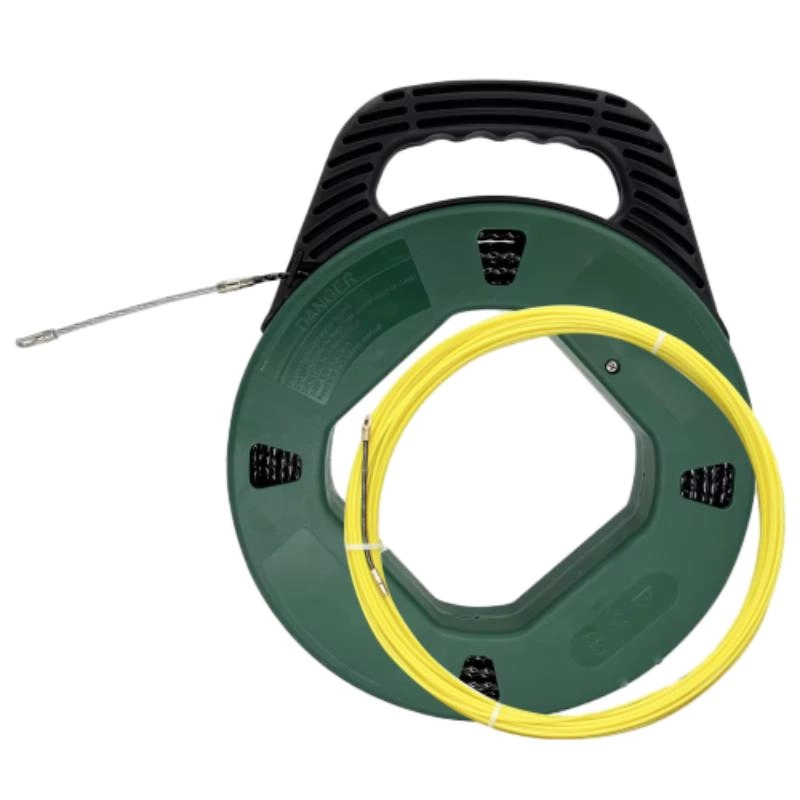
-
 Afrikaans
Afrikaans -
 Albanian
Albanian -
 Amharic
Amharic -
 Arabic
Arabic -
 Armenian
Armenian -
 Azerbaijani
Azerbaijani -
 Basque
Basque -
 Belarusian
Belarusian -
 Bengali
Bengali -
 Bosnian
Bosnian -
 Bulgarian
Bulgarian -
 Catalan
Catalan -
 Cebuano
Cebuano -
 Corsican
Corsican -
 Croatian
Croatian -
 Czech
Czech -
 Danish
Danish -
 Dutch
Dutch -
 English
English -
 Esperanto
Esperanto -
 Estonian
Estonian -
 Finnish
Finnish -
 French
French -
 Frisian
Frisian -
 Galician
Galician -
 Georgian
Georgian -
 German
German -
 Greek
Greek -
 Gujarati
Gujarati -
 Haitian Creole
Haitian Creole -
 hausa
hausa -
 hawaiian
hawaiian -
 Hebrew
Hebrew -
 Hindi
Hindi -
 Miao
Miao -
 Hungarian
Hungarian -
 Icelandic
Icelandic -
 igbo
igbo -
 Indonesian
Indonesian -
 irish
irish -
 Italian
Italian -
 Japanese
Japanese -
 Javanese
Javanese -
 Kannada
Kannada -
 kazakh
kazakh -
 Khmer
Khmer -
 Rwandese
Rwandese -
 Korean
Korean -
 Kurdish
Kurdish -
 Kyrgyz
Kyrgyz -
 Lao
Lao -
 Latin
Latin -
 Latvian
Latvian -
 Lithuanian
Lithuanian -
 Luxembourgish
Luxembourgish -
 Macedonian
Macedonian -
 Malgashi
Malgashi -
 Malay
Malay -
 Malayalam
Malayalam -
 Maltese
Maltese -
 Maori
Maori -
 Marathi
Marathi -
 Mongolian
Mongolian -
 Myanmar
Myanmar -
 Nepali
Nepali -
 Norwegian
Norwegian -
 Norwegian
Norwegian -
 Occitan
Occitan -
 Pashto
Pashto -
 Persian
Persian -
 Polish
Polish -
 Portuguese
Portuguese -
 Punjabi
Punjabi -
 Romanian
Romanian -
 Russian
Russian -
 Samoan
Samoan -
 Scottish Gaelic
Scottish Gaelic -
 Serbian
Serbian -
 Sesotho
Sesotho -
 Shona
Shona -
 Sindhi
Sindhi -
 Sinhala
Sinhala -
 Slovak
Slovak -
 Slovenian
Slovenian -
 Somali
Somali -
 Spanish
Spanish -
 Sundanese
Sundanese -
 Swahili
Swahili -
 Swedish
Swedish -
 Tagalog
Tagalog -
 Tajik
Tajik -
 Tamil
Tamil -
 Tatar
Tatar -
 Telugu
Telugu -
 Thai
Thai -
 Turkish
Turkish -
 Turkmen
Turkmen -
 Ukrainian
Ukrainian -
 Urdu
Urdu -
 Uighur
Uighur -
 Uzbek
Uzbek -
 Vietnamese
Vietnamese -
 Welsh
Welsh -
 Bantu
Bantu -
 Yiddish
Yiddish -
 Yoruba
Yoruba -
 Zulu
Zulu


Dec . 07, 2024 13:13 Back to list
rotary encoder measuring wheel
Measuring Wheels with Rotary Encoders A Modern Approach to Precision
In the field of measurement and surveying, the tools we use can significantly impact the accuracy and efficiency of our work. One such tool that has gained popularity in recent years is the measuring wheel, particularly when enhanced by rotary encoders. This article explores the application, benefits, and technology behind using rotary encoders in measuring wheels.
Understanding Measuring Wheels
Measuring wheels are simple yet effective devices used to measure distance over land. Traditionally used by surveyors and outdoor enthusiasts, these wheels come in various sizes and designs, allowing users to measure straight paths, curves, and more. The fundamental operation of a measuring wheel is straightforward the user walks while pushing the wheel along the ground, and the wheel's rotations are counted to calculate the distance traveled.
However, while analog measuring wheels provide a basic measurement, they can be prone to human error and mechanical inaccuracies, particularly during long-distance measurements or uneven terrain conditions. To overcome these challenges, the integration of rotary encoders into measuring wheels has emerged as a game-changer.
What is a Rotary Encoder?
A rotary encoder is an electromechanical device that converts the angular position or motion of a shaft into an electrical signal. There are two main types of rotary encoders incremental and absolute. Incremental encoders generate a specific number of pulses for each rotation, making them suitable for measuring distance as they can track the number of wheel rotations. Absolute encoders, on the other hand, provide a unique value for each position, ensuring precise readings at all times.
Benefits of Using Rotary Encoders in Measuring Wheels
rotary encoder measuring wheel

1. Enhanced Accuracy By incorporating rotary encoders, measuring wheels can offer higher precision in distance measurements. The digital readout provided by the encoder minimizes human error associated with reading analog dials or registers.
2. Real-Time Data Display Many modern measuring wheels with rotary encoders feature digital screens that provide real-time distance information. Users can continuously view the distance traveled without having to stop and check markings, streamlining the measurement process.
3. Memory Functions Some measuring wheels with rotary encoders come equipped with memory functions that allow users to store and recall previous measurements. This feature is particularly beneficial for large jobs that require multiple measurements.
4. Durability and Maintenance Rotary encoders are generally robust and can withstand various environmental conditions. This durability is essential for outdoor use, where measuring tools face dirt, moisture, and rough terrain. Furthermore, these encoders typically require minimal maintenance compared to their mechanical counterparts.
5. Versatility With the advancements in technology, measuring wheels equipped with rotary encoders can now connect to other devices via Bluetooth or USB, allowing for seamless data transfer into tablets, smartphones, or computers. This capability enables users to analyze and process data efficiently, enhancing project management and documentation.
Conclusion
The integration of rotary encoders into measuring wheels represents a significant advancement in the field of measurement technology. By enhancing accuracy, providing real-time feedback, and offering versatile connectivity options, these modern devices cater to the needs of surveyors, contractors, and outdoor enthusiasts alike. As technology continues to evolve, we can expect further innovations that will make measuring wheels even more effective, further simplifying the tasks that professionals face daily in their efforts to ensure accuracy in measurement. Whether for residential projects, landscaping, or large-scale surveying, measuring wheels with rotary encoders are set to become an indispensable tool in the modern arsenal of measurement equipment.
Latest news
What Are Construction Tools and How Are They Used?
NewsJul.11,2025
Professional-Grade Duct Rodding Tools for Superior Cable Installation
NewsJul.11,2025
Enhancing Safety and Efficiency with Modern Hot Stick Solutions
NewsJul.11,2025
Empowering Cable Installation with Advanced Rodder Solutions
NewsJul.11,2025
Elevate Your Cable Installation Projects with Cable Pulling Tools
NewsJul.11,2025
Efficient Cable Handling Solutions: Cable Rollers for Sale
NewsJul.11,2025











